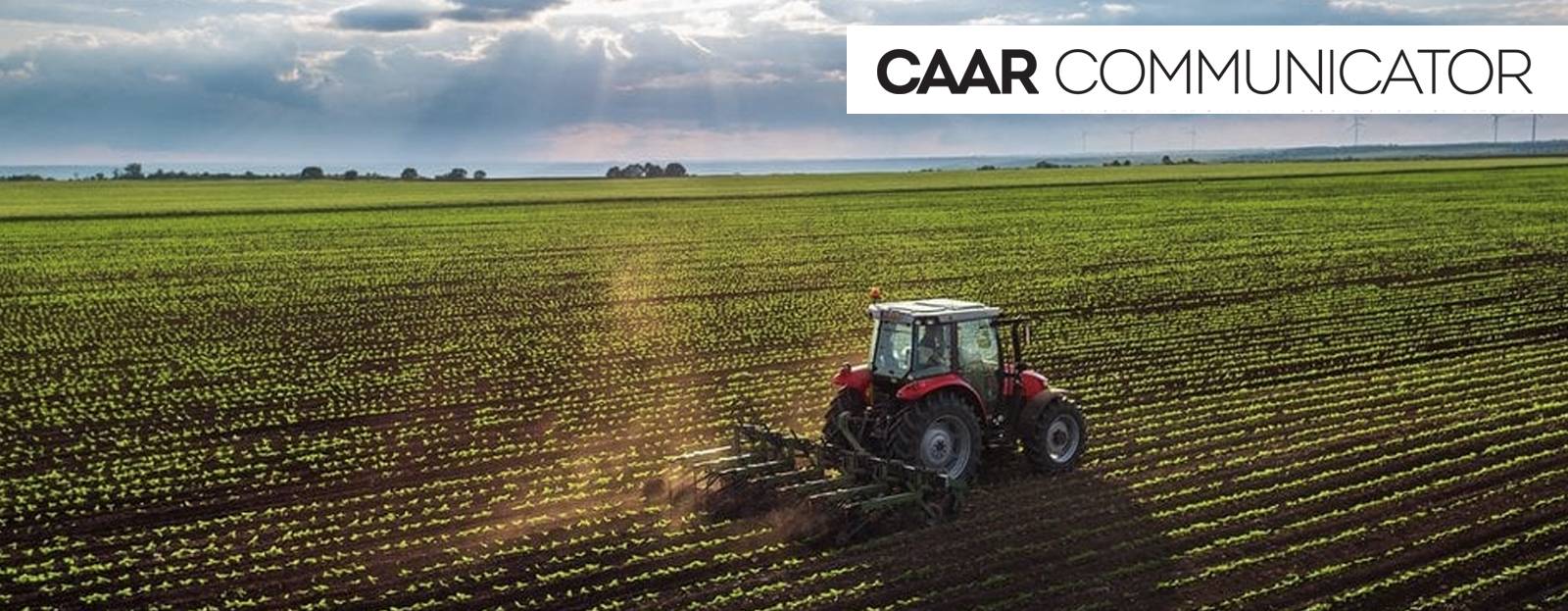
Vision for Canadian Agriculture
Seymour began by discussing his vision for what the Canadian agricultural industry could be. “I have this philosophy that we’re not living up to our potential of Canadian agriculture,” said Seymour. “And if you followed any of the strategy table recommendations, we have an export goal of 85 billion dollars by 2025. We’re actually tracking pretty well, I think the end of December numbers pushes in the upper 70 billion in exports, but we have room to grow. I’m inspired by the idea that maybe we are not living up to our potential, but I’m also saddened by the idea that I think we can do better in terms of agri-food production in this country.”
Attracting Importers To Choose Canada
If every country says that their own products and exports are the best, what can Canada do to attract importers?
The answer is to be the best-in-class in something, and Seymour believes Canada needs to position itself as the best-in-class in protein. While Canada may not be able to compete with other nations in areas like starch, Canada has the capability to excel beyond others in protein.
It also reflects the strengths of Canada’s agriculture system, which is very robust in pigs, beef, chicken, and dairy. As plant protein initiatives are also developed, there will be by-products, which may ultimately end up in the feed of livestock.
Canada’s agriculture industry needs a collective vision. If everything Canadians do and resource reflects the ultimate goal to be the best-in-class in protein, this vision can take Canada to $85 billion.

The Role and Importance of Sustainability
“I have this aspiration that we change the narrative and talk about agriculture as part of a solution to climate change,” he said. “Anytime we grow food there will be impacts on our environment. How we have to look at helping consumers understand and accept those impacts with the idea that we can actually use modern farming practices as a way to do more. And so, part of that means we need to dial onto continuous improvement.”
Seymour points out that consumers don’t expect farming practices to be perfect today, but there is an expectation that tomorrow will improve from the day before. Businesses should embrace the idea that the industry can get better. He then predicts that carbon sequestration and carbon trade are most likely the industry’s next new opportunity.
Environmental, Social and Governance Goals
Seymour introduced a new concept called ESG – environmental, social and governance goals, which consumers are using to choose the companies from which they wish to make purchases. Fundraising efforts have flowed $27 billion US dollars into hedge funds that were going to organizations that were doing progressive in addressing ESG issues. These hedge funds will look at ag companies that share these same values, creating the catalyst to pull new money into the industry, allowing ESG companies to attract investments and grow faster.
Overall consumers will begin to ask tougher questions on everything the industry does from an ESG standpoint, a notable topic, for example, is regarding the emergence of single-use plastics. Seymour then connected the previous topics by discussing what it means for the agriculture industry.
“I think agriculture needs an automation strategy… I think we need a labour strategy that starts to deal with skill development,” he said. “We spend a lot of time talking about labour in our industry at that base level, at harvesting – working in processing facilities or picking crops. But there’s another emerging problem – how do I attract an agronomist? What we’re seeing is that the type of skill set that people need to go from an 8,000-acre farm to a 30,000-acre farm might be different.”
He points out that the industry needs to start to think about how to prep the next level of senior leaders as much as worrying about farm work and access to processing facilities.
Automation strategy, not just labour, also needs to move towards digitization. Only an estimated 50% of farm records are digitized, and documentation will be very important as the industry moves towards traceability and sustainability. The reason to digitize and record-keeping may go beyond growing bigger and better crops or safer livestock, it can put the farm as a more relevant part of the value chain, allowing the information to be used to drive safety, and prove how and why methods are done, which more farms are becoming pressured to do.
Pandemic Impacts On Ag Retail
Seymour concluded the presentation by discussing how the pandemic has affected ag retail. He mentioned advancements in the industry that required less face-to-face interaction such as digital contracts, which are unlikely to go away after the pandemic. There may be downsides to this, however.
The overarching challenge with the industry going remote is how to stay relevant to the customers. While more customers can be reached now than ever, the downside is losing a closer connection to customers. Farms will have to work extra hard to build relationships in the industry if there is no face-to-face. This need for personal connections will garner high levels of interest in trade shows and conferences even after the pandemic.

